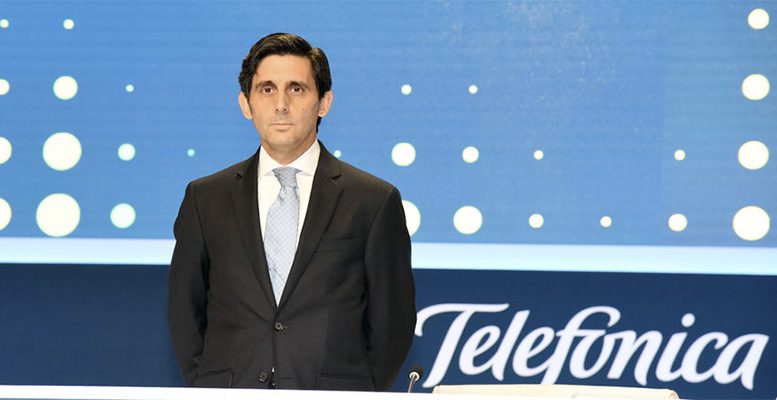In 2011, Telefónica’s liabilities exceeded 56 billion euros. Today, however, after the latest operations (the merger agreement for its business in the United Kingdom, the sale of towers to American Tower…) it has cut its leverage by a further 8.4 billion euros and reduced it to less than half, at 26 billion.
Although this amount is starting to become more manageable for the group, the most critical operators point out that it still exceeds its market capitalisation by around 5 billion euros.
When the current chairman, José María Álvarez-Pallete, took over the company in 2016, the debt was more than 52 billion euros. Reducing it became an obligation to avoid the displeasure that such a degree of leverage caused in the capital markets, with rating agencies demanding cuts in the dividend.
In the last five years, the operator had already managed to cut its net debt by more than 20 billion euros. And this strategy has been boosted recently following regulatory approvals in the UK, allowing it to create a 50/50 joint venture with Liberty, called VMED O2 UK, to manage the business. A deal valued at more than 36 billion euros, the largest in the Spanish multinational’s history. It was signed in May last year, creating an integrated communications provider with revenues of around 12.8 billion euros.
The creation of this company, according to Telefónica officials, “brings very significant value to the company from both a business and financial perspective, as well as funds for a total amount of 5.5 billion pounds, some 6.4 billion euros. Of this figure, 3.13 billion euros correspond to Liberty Global’s cash payment to Telefónica to compensate for the stake” in the joint venture and another 3.25 billion euros correspond to gross proceeds from recapitalisations.
This is in addition to the sale of the telecommunications towers of its subsidiary Telxius to American Towers, which reduces its debt by a further 3.4 billion euros. Telefonica’s shares are trading today slightly below 4 euros per share due to last week’s adjustments related to the payment of its flexible dividend. Nevertheless, it maintains an annual revaluation of more than 25%, with a clear upward trend.





